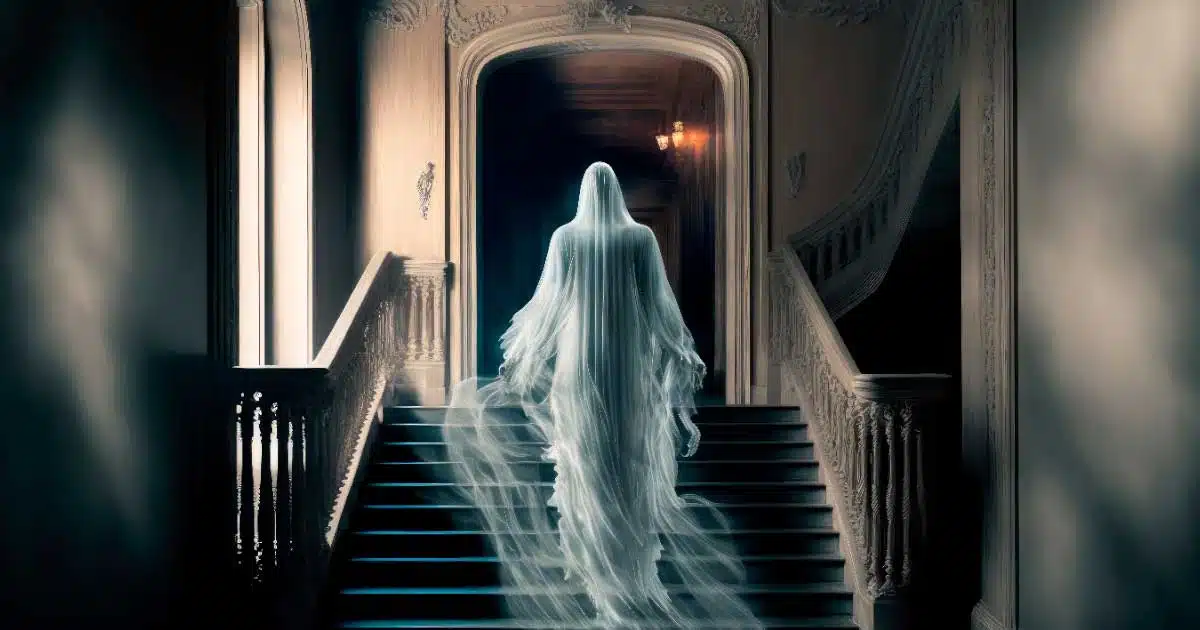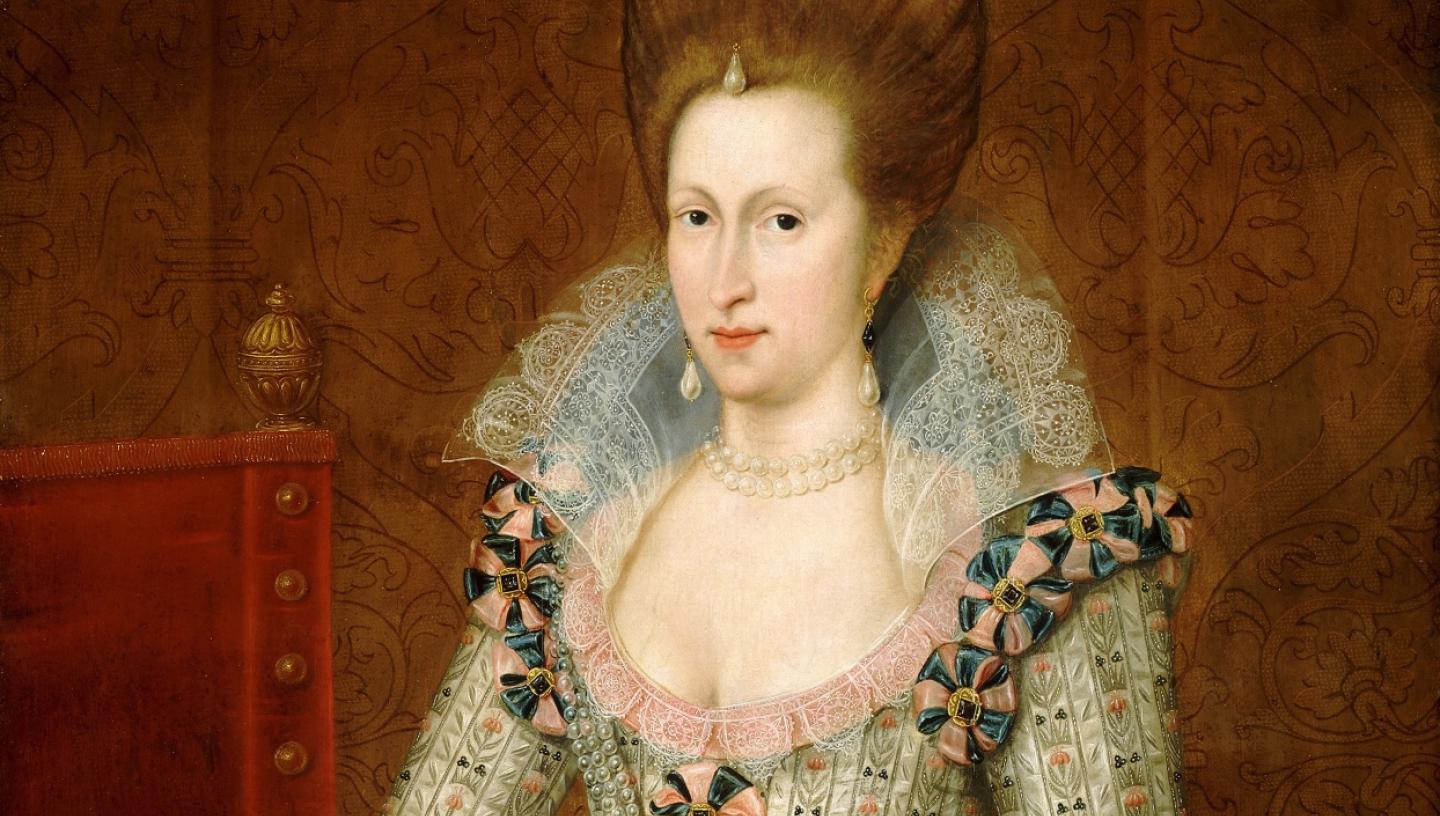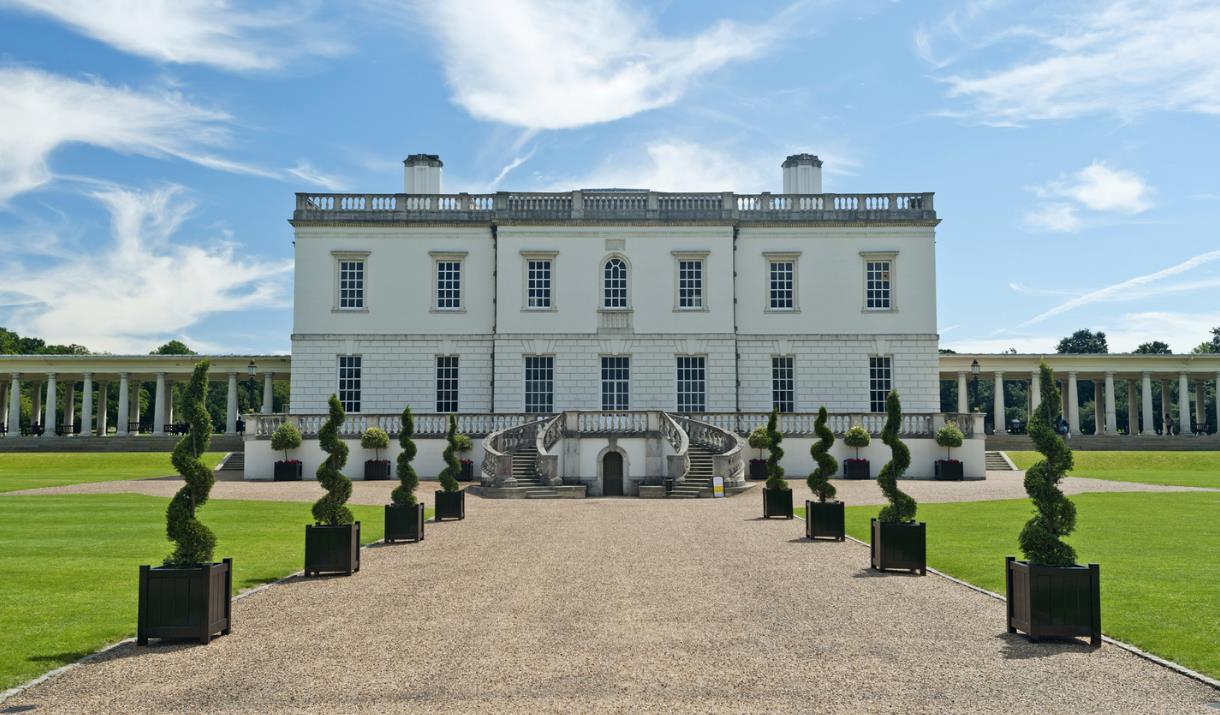London, with its rich history, is a fertile ground for stories of apparitions and eerie experiences. From the harrowing tales of the Clink Prison, known for its gruesome reputation, to the ghostly phenomena of the Fulham Palace, London teems with stories of spectral sightings.
Fulham Palace, once the summer home for the Bishops of London and a public venue for over twelve centuries, was at the heart of royal allegiances that swung between Protestantism and Catholicism. This historic site was marked by gruesome events, including the burning of Bishop Ridley at the stake. Not forgetting, of course, the Tower of London, the Bleeding Heart Yard, and the bar haunted by one of Jack the Ripper’s victims, Annie Chapman.
Adding to the paranormal tour of London is the Maritime Museum, housed in the architectural wonder, Queen Anne’s House, where spectral stories are said to confirm the existence of ghosts.
Queen Anne’s House: A Historical and Architectural Marvel
Queen Anne’s House, a royal residence constructed between 1616 and 1635, is situated near Greenwich Place along the Thames river, a few miles away from the City of London. The building, rich in historical significance, is now part of the Royal Museums of Greenwich and the Old Royal Naval College. What sets Queen Anne’s House apart is its design, crafted by architect Inigo Jones.
King James I commissioned Jones to construct the house in 1616 as an apology gift to his wife, Anne of Denmark, for a disrespectful incident during a hunting expedition. Unfortunately, Anne could not appreciate her gift as she died in 1619, halting the construction. The unfinished house was later given to Charles I’s wife, Henrietta Maria, who resumed its construction.
A Break from the Norm: The Architecture of Queen Anne’s House
The architectural brilliance of Queen Anne’s House was a departure from the conventional red-brick Tudor style. Inspired by his study of art, architecture, and philosophy in Italy, Jones imbued the structure with Renaissance-style aesthetics. The building, crafted in white stone and designed with symmetry and harmony, was known for its most unique feature, the Tulip Stairs, the first geometric self-supporting spiral staircase in Britain.
From Royalty to Charity: The Transition of Queen Anne’s House
Completed in 1636, the Queen’s House did not serve its intended purpose for long due to the advent of the British Civil War. However, after 1660, the house again became a royal residence. In 1805, King George III donated the house to a charity for the orphaned children of seamen, and it was renamed the Royal Naval Asylum. This arrangement lasted until 1933 when the charity relocated. The following year, the National Maritime Museum assumed control, housing an extensive collection of British artwork.
Spectral Stories: The Ghostly Figures of Queen Anne’s House
In 1966, a retired reverend, R W Hardy, and his wife, visited Queen Anne’s House and took a memorable photograph of the famous Tulip Staircase. This photograph, developed in their home country of Canada, revealed what appeared to be a ghostly figure ascending the staircase, followed by possibly two other spectral figures.
Despite initial skepticism, experts from Kodak Laboratory confirmed that the photograph and its negative had not been tampered with. This incident sparked interest among paranormal investigators, and members of The Ghost Club, a paranormal investigation organization, spent a night at Queen Anne’s House conducting a séance, although without any notable findings.
Over the years, several people have reported supernatural phenomena at Queen Anne’s House. Sightings include hearing disembodied footsteps, the voices of children chanting, and observing full-body apparitions. The spectral figure of a maid mopping up blood at the bottom of the staircase stands out as a particularly chilling tale.
Though no records of any deaths in the house exist, these ghostly encounters continue to mystify visitors. With Queen Anne’s House open to the public seven days a week as part of the Maritime Museum, those curious about the paranormal may wish to visit and perhaps experience something supernatural within its historic walls.







